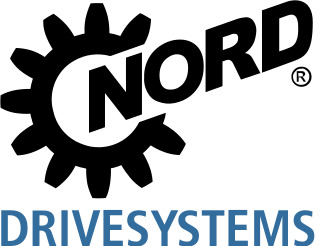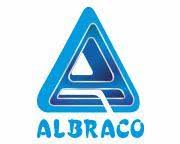A Goan experience of eco-friendly construction
By Staff Report | October 24, 2024 3:05 pm SHARE

As Goa experiences a surge in industrial activity, the need for sustainable construction practices has never been more pressing. During a recent Asian Paints CC KLI forum discussion, experts examined how advancements in concrete technology can lead to eco-friendly infrastructure development in the region.
Goa, long celebrated as a tourist paradise for its natural beauty, stunning beaches, and vibrant cultural diversity, has also recently seen a surge in industrial activity. This growth was spurred by special income tax incentives from the Government of India and a sales tax holiday from the state government. On September 27th, the Goa chapter of CC KLI, an initiative by Asian Paints, convened to explore ways to drive growth in the infrastructure and construction sectors while aligning with the state’s environmental sustainability goals.
Concrete, the backbone of modern construction, carries a heavy environmental footprint. However, as the world grapples with climate change and environmental degradation, the impact of concrete production, particularly its contribution to carbon emissions, has come under scrutiny. In a country like India, where urbanisation and infrastructure development are proceeding at an unprecedented pace, the need for sustainable and eco-friendly construction solutions has never been more critical.
The event began with a keynote address by Deepankar Choudhury, Institute Chair Professor of Civil Engineering department at the Indian Institute of Technology (IIT) Bombay, Mumbai, who underscored the transformative power of innovation in advancing sustainability within construction. “We must integrate advanced technologies to streamline processes and reduce our carbon footprint,” he stated. Choudhury also highlighted the necessity of collaboration among stakeholders, including government and academic institutions. He stressed the importance of skill development to effectively implement new technologies, asserting, “A knowledgeable workforce is crucial for realising eco-friendly construction’s potential in India.”
Another keynote speaker Dr. Purnanand P. Savoikar, Professor, Civil Engineering Department, Government Engineering College, Farmagudi – Goa highlighted the pressing need for sustainable concrete solutions, noting that conventional cement production emits significant carbon dioxide, with modern plants releasing about 0.82 tons of CO2 per ton of cement produced. In India, where urbanisation and infrastructure development are proceeding at an unprecedented pace, the demand for eco-friendly construction solutions has never been more critical.
The backbone of construction, evolving toward sustainability
Concrete has a long history, with its invention dating back to 1824. However, according to K G Guptha, an industry expert, it is still considered a “young material” in terms of its potential. “It has only been around for 200 years, yet its importance in modern construction is unrivalled. What’s interesting is how our understanding of concrete has evolved. In the early days, there were no specific codes or standards for its use, but by 1978, the first regulations were implemented. Since then, we have seen significant progress, with current codes expanding to over 1,000 pages.”
Guptha pointed out that this evolution reflects a deeper understanding of concrete’s strength and durability and environmental impact. “Today, we are focusing on making concrete more sustainable. It’s not just about building strong structures anymore; it’s about building durable, eco-friendly structures that minimise environmental harm.”
He explained that the industry is heading towards “slender structures” that require fewer materials while maintaining strength. “The focus on M25, M30, and M45-grade concrete is evolving, and we are now looking at ways to design principal structures with less material, making them slimmer and more sustainable. This is a significant research area, and the knowledge gained should be shared across the industry to ensure that all levels of construction can benefit from it,” said Guptha.
Precast concrete: A game-changer for sustainability
Precast concrete has emerged as a promising technology that could revolutionise sustainable construction in India. Krishna Sahakari, Principal Engineer, K A Sahakari & Associates, spoke extensively about its benefits. “Precast technology will be a key player in the future of construction, especially as we look to meet the growing demands of urbanisation while minimising environmental impact. We recently worked on a project in collaboration with the Institute of Architects, utilising precast concrete elements, and the results were impressive.”
According to Sahakari, the ability to produce concrete elements off-site in a controlled environment ensures better quality control and less waste. “Precast allows us to create sleek, slender structural elements that reduce the material needed, thereby lowering costs. Furthermore, because these elements are cast in factories, we can significantly reduce on-site dust and other pollutants.”
He also highlighted the economic benefits of precast construction. “We’ve seen a reduction of about 15 percent in construction waste by using precast methods. Additionally, we don’t need as much plastering, which saves money and reduces the carbon footprint associated with the production and transportation of materials.”
A shift in the workforce
One of the less-discussed but equally important aspects of adopting new construction technologies is the shift in labour dynamics. As more construction elements are moved off-site to factories, the workforce is also transitioning. In fast-growing cities like Mumbai, the future will likely see fewer workers on construction sites, as many will migrate to factory environments where they can work under safer conditions and earn higher wages.
This shift enhances safety standards and addresses the growing labour shortage in India’s construction sector. As the demand for urban infrastructure increases, the need for construction workers is expected to surpass the available supply. By moving more work to factories, the industry can help mitigate this labour issue while ensuring better quality control and adherence to safety standards.
Indian railways as a case study
Amit Kumar Jain, Military Engineer Service, Goa, who is actively involved in redeveloping Indian railway stations, shed light on the challenges faced in modernising India’s extensive railway infrastructure. “One of the biggest challenges we face is working around active railway tracks. We can’t simply shut down the tracks for construction, so we must use advanced construction technologies to ensure minimal disruption.”
Jain emphasised the importance of adopting sustainable materials and methods in these large-scale projects. “In many of our projects, we are introducing high-strength concrete and corrosion-resistant materials to ensure that the infrastructure we are building today will last for decades with minimal maintenance. This not only saves costs in the long run but also reduces the environmental impact of frequently repairing or replacing deteriorating structures.”
The panel also discussed the broader implications of these technological advancements for infrastructure projects nationwide. With numerous railway and highway projects in the pipeline, adopting sustainable materials and construction methods is key to achieving the government’s ambitious infrastructure goals while minimising the environmental impact.
The role of advanced construction systems
Col Saikat De, who was involved in designing and planning infrastructure projects, emphasised the role of advanced construction systems in reducing construction time and environmental impact. “We increasingly use modelling systems and frameworks to optimise the construction process. Precast technology is one such system that helps us complete projects faster while maintaining high-quality standards.”
We also pointed out that customised construction approaches are necessary in regions with specific environmental conditions, such as Goa. “In Goa, for instance, we face unique challenges due to the local conditions. Precast and advanced construction systems help us address these challenges while reducing reliance on traditional, more resource-intensive methods.”
Government support and regulatory framework
Government support and regulation are crucial elements in the shift toward sustainable construction. Rohit Jorwal from CPWD explained the processes to ensure that new construction technologies and materials meet rigorous standards before being implemented in large-scale projects. “We have a robust system of peer reviews and testing, often collaborating with institutes like IIT Bombay and CPRI. Any new material or technology undergoes multiple levels of scrutiny to ensure that it meets international and Indian standards.”
The decentralisation of decision-making within government departments has also helped accelerate the adoption of sustainable practices. “Regional units now have more freedom to adopt new technologies suited to local conditions. This flexibility allows for faster implementation of sustainable practices, especially in areas where traditional construction methods are not viable.”
A vision for the future
As India’s infrastructure continues to expand, the construction industry is at a crossroads. The need for sustainable materials and methods is clear, but the road to widespread adoption is challenging. However, as the panel discussion highlighted, advancements in precast technology, high-strength materials, and government support are paving the way for a more sustainable future.
“The construction industry has a unique opportunity to lead sustainable development. By adopting technologies that reduce waste, improve quality, and minimise environmental impact, we can build a future where India’s infrastructure growth is not at odds with environmental preservation,” concluded Guptha.
Integrating advanced technologies, sustainable materials, and forward-thinking regulations will be key to achieving this vision. As the industry moves towards creating greener, more resilient structures, India’s construction sector will play a vital role in shaping a sustainable future for coming generations.

Cookie Consent
We use cookies to personalize your experience. By continuing to visit this website you agree to our Terms & Conditions, Privacy Policy and Cookie Policy.




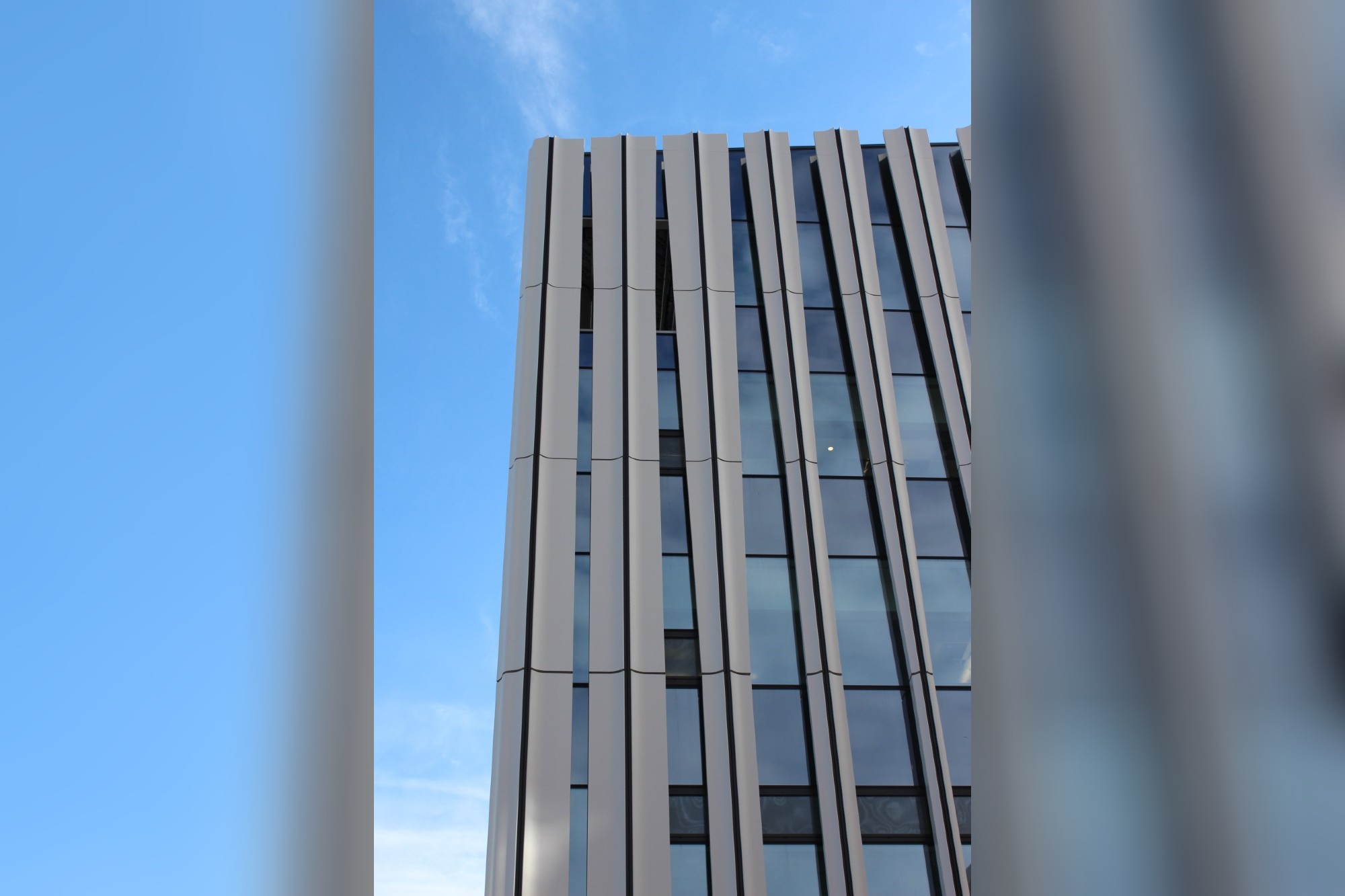
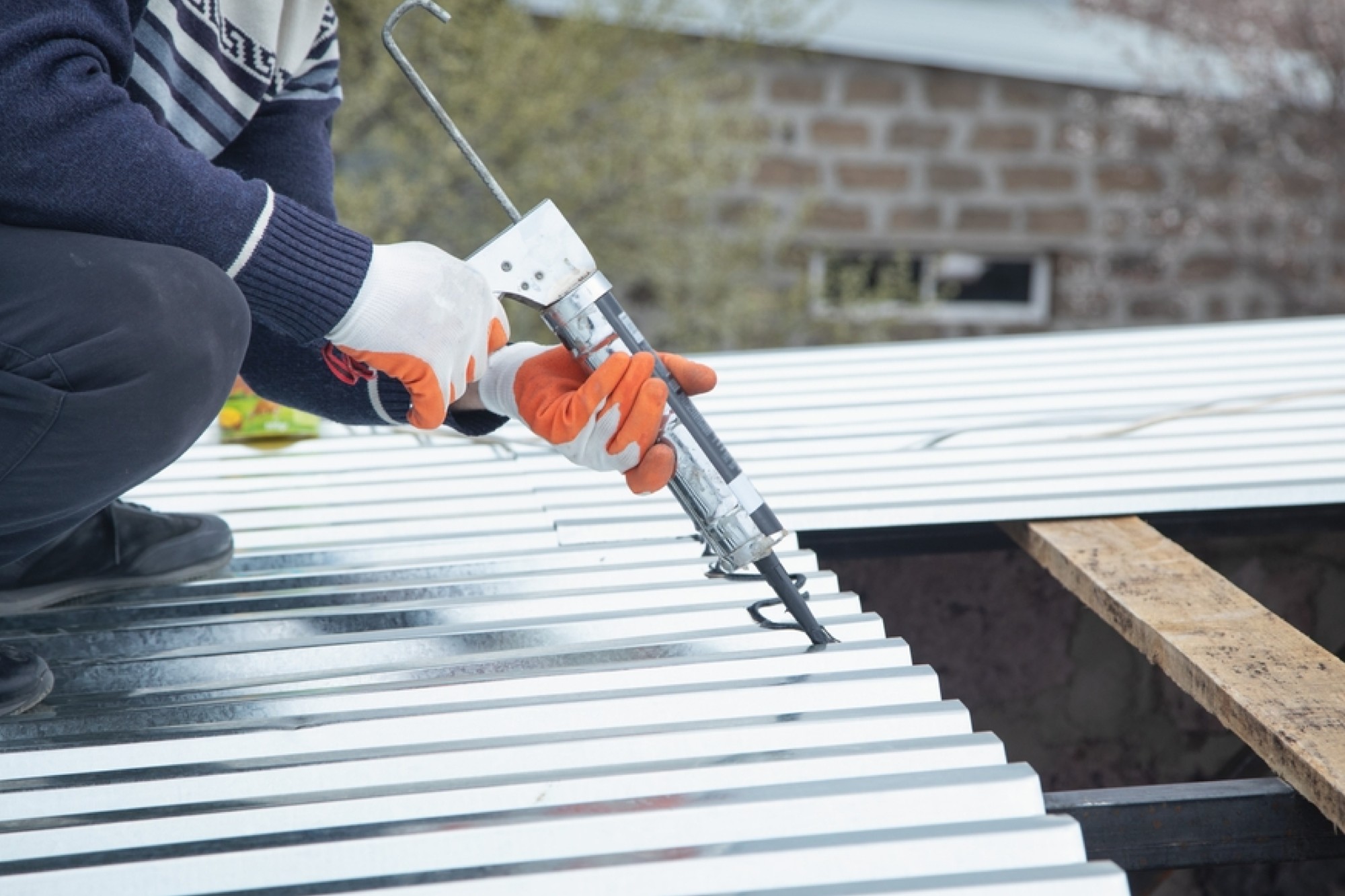


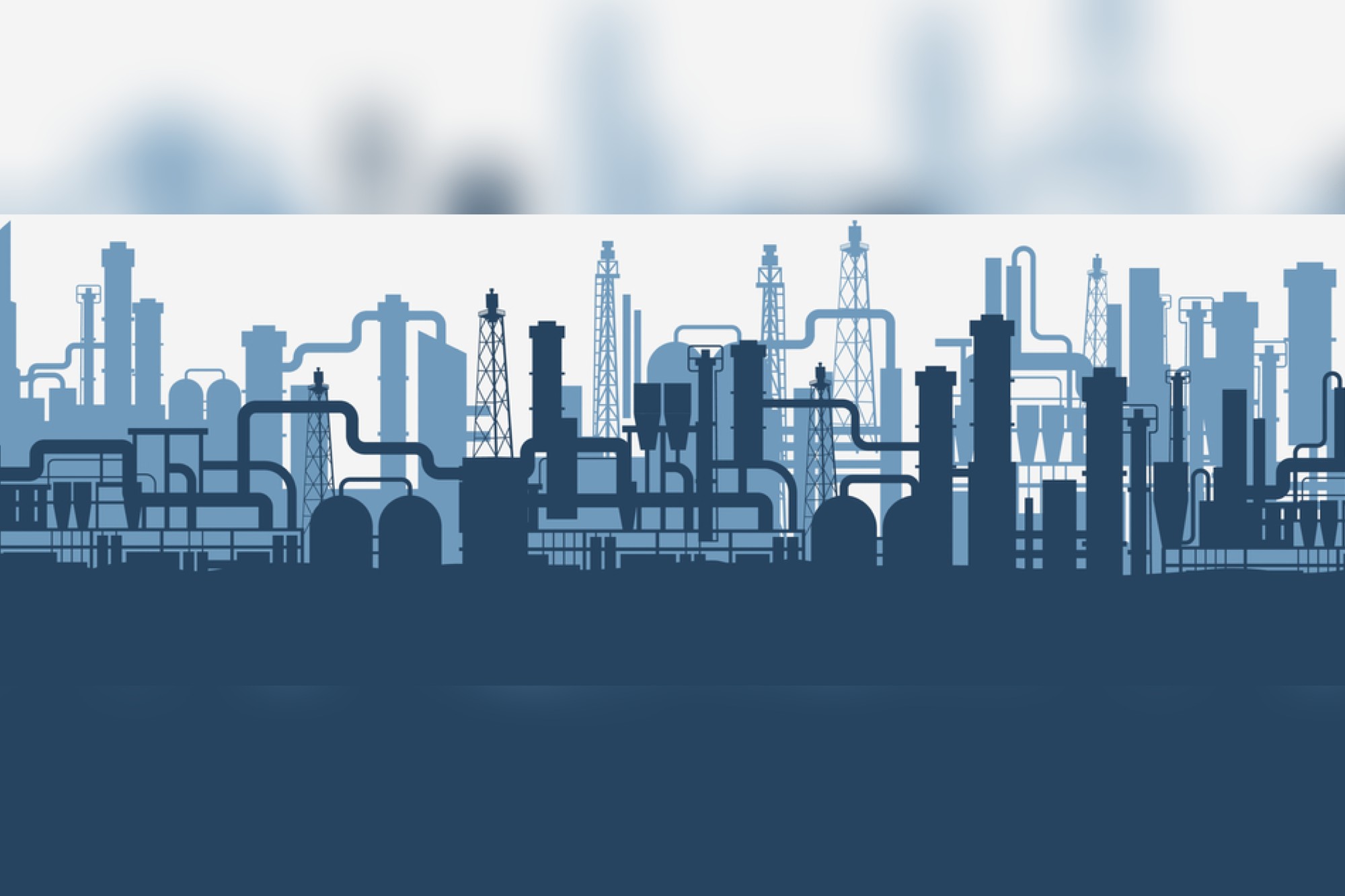
























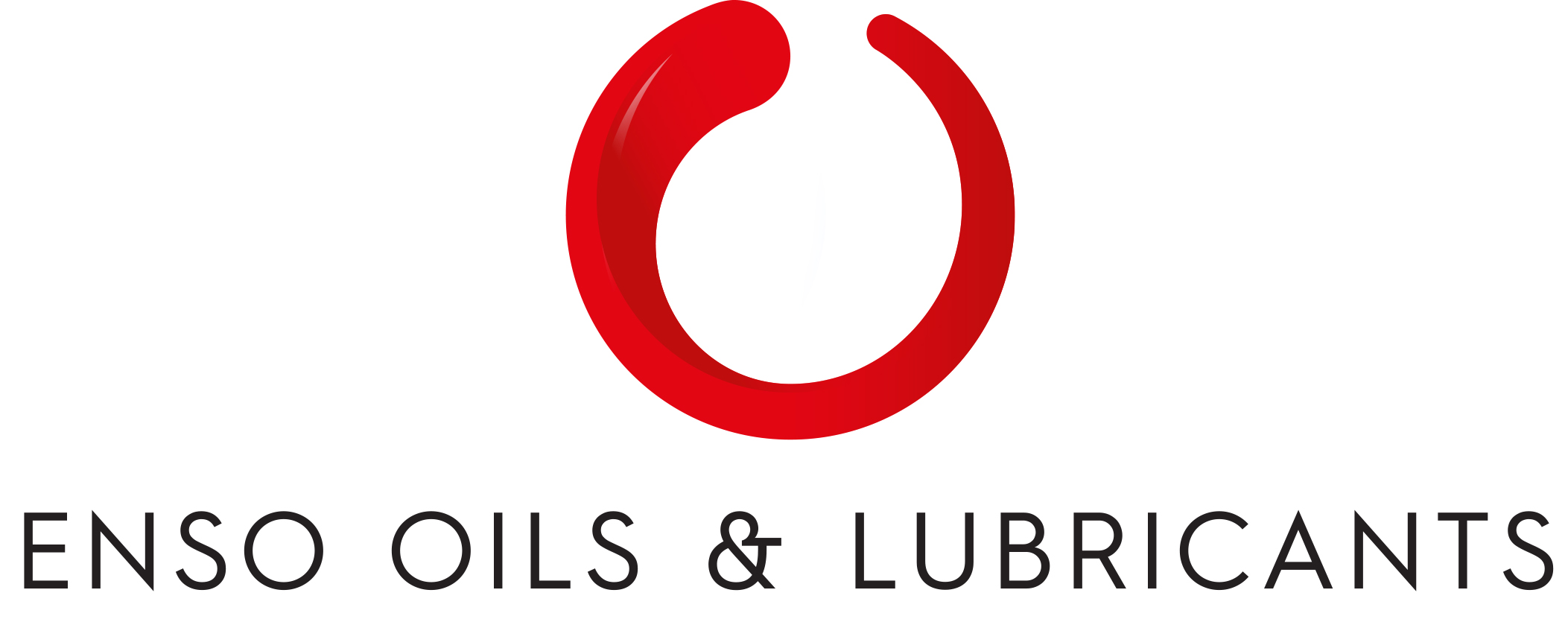


-20240213125207.png)













